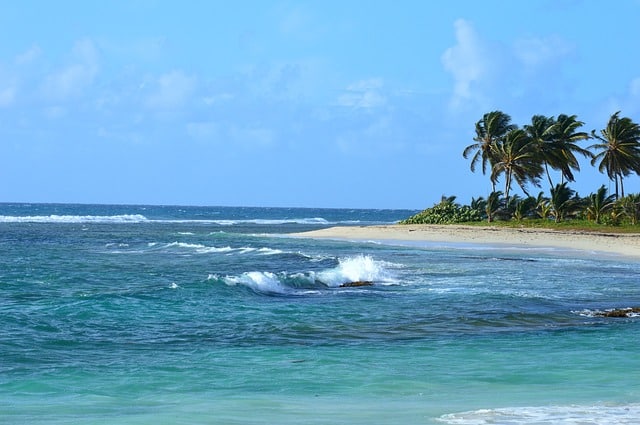
The trade winds blow between the tropics.
Wind is a concept that has its etymological roots in the Latin language: ventus . This is the air current that is generated in the atmosphere for reasons inherent to nature.
According to their characteristics, it is possible to classify winds in different ways. Trade winds are those that blow between the tropics . These winds start from subtropical high-pressure areas heading towards equatorial low-pressure regions: due to the planet's rotation, the trade winds are deflected to the west by the Coriolis effect .
The trade winds and the Coriolis effect
It is known as the Coriolis effect , which can be seen in a rotation reference frame when a body is in motion . For its part, a frame or reference system is a set of conventions that observers use to be able to measure certain magnitudes of physics, such as position.
Thus, in the southern hemisphere, the trade winds blow from the southeast to the northwest, while in the northern hemisphere they blow from the northeast to the southwest. The trade winds drive what is known as the Hadley circulation , which involves a transfer of heat from the equatorial region to the subtropical region.
Hadley circulation
The circulation or Hadley cell is a fluid mass organized dynamically to respond to a change in temperature , in a closed circuit of the Earth's atmosphere that predominates in tropical and equatorial latitudes.
Regarding their location, they can be seen at latitudes of 30º from the Equator, both in the northern and southern hemispheres. Then, an upward cellular movement transports the heat with the air and carries it towards higher latitudes.

In ancient times, the trade winds were very important for navigation.
The meeting of the different trade winds
The meeting between the trade winds of the southern hemisphere and the trade winds of the northern hemisphere creates the so-called intertropical convergence zone , better known by its acronym ITCZ . The ITCZ can be defined as the convergence of warm, humid air masses, giving rise to a low pressure belt in the region of the equator. In the ITCZ it is normal for storms to form.
It is important to note that solar heating of the atmosphere is the fundamental energy source of this convergence. Since atmospheric air is diathermantic , that is, it does not heat up when the sun's rays pass through it, the increase in temperature takes place indirectly, only when it touches the continents and oceans and receives part of their heat. At that moment, in addition to heating up, the air goes through a state of expansion and loses density, which is why convection occurs, a phenomenon that consists of reaching the upper atmosphere.
Its importance in ancient times
In ancient times, the trade winds were key in travel from Europe to America . When these winds did not blow strongly, the sailboats could not move forward. Therefore, the periods in which the trade winds lacked intensity were dangerous for this type of expeditions that aspired to reach American soil.
In this regard, it is important to note that the vigor of the trade winds depends on the season of the year ; If we add this to the fact that these are not aggressive and destructive winds, it is understandable that for long periods it presents itself with a certain languor.
Regarding the etymology of the word alisios, finally, we can point out that it is formed with the Latin root alis ; It was used throughout the 13th century in the French language to denote the delicate, kind, measured and smooth nature of these winds, which appear regularly and do not blow violently .
